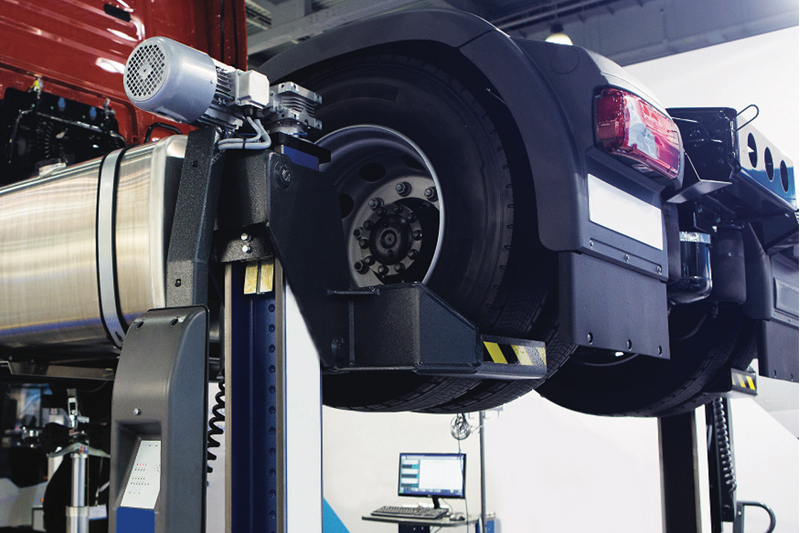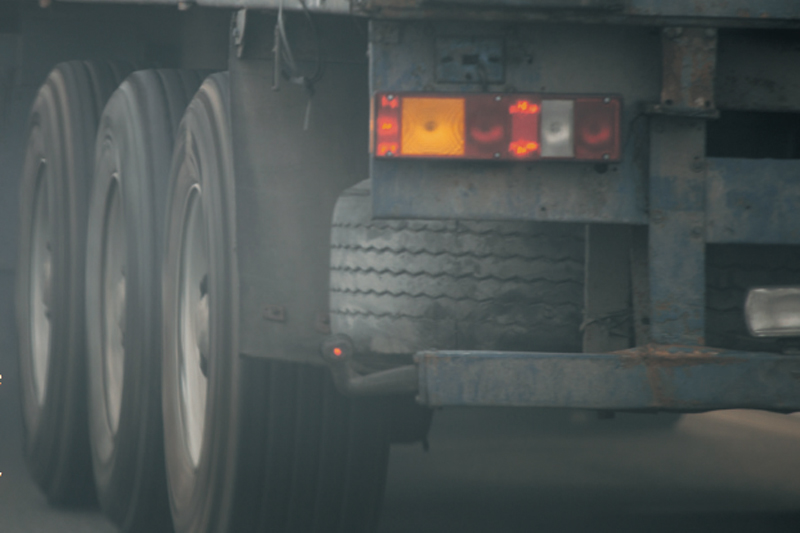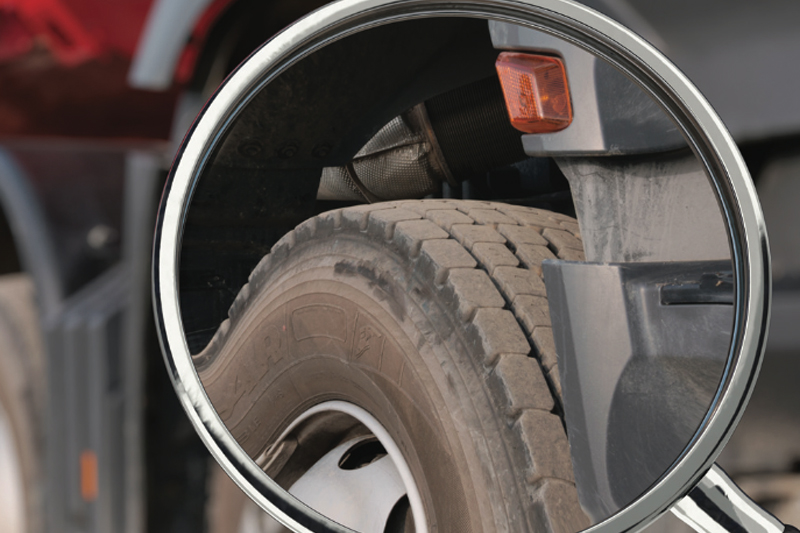
Changing servicing standards and the uncertainty about parts availability are just two of the challenges facing CVW workshops in 2021. Sharon Clancy, CVW’s Consulting Editor, takes a peek at what lies ahead.
The CV sector is used to buffetings from the economy; in 2020, we have seen the additional impact of the COVID-19 pandemic and uncertainty about the post-Brexit world. It’s also a highly regulated sector, subject to any changes imposed by legislation updates.
Furthermore, whatever agreement is reached for Brexit, it’s clear that from 1st January 2021, there will be changes to the rules governing the movement of goods between the UK and the EU. At the last moment, the European Commission has introduced emergency measures to allow hauliers permit-free travel between the EU and UK until 30th June 2021. The efficient pan-European supply can – for everything from automotive parts to fresh food imports – will be disrupted, and to what extent remains to be seen. Below, we take a look at what’s coming up in 2021 and the possible impacts.

Workshop trends
Aftermarket parts
The double-whammy of Brexit and COVID could cause some disruption to parts supply, especially for operators who rely on distributors in the independent parts aftermarket. We’ll be taking a closer look at this topic in our June issue. The economic slump and the mothballing of many vehicles have combined to both reduce demand and made it harder to predict what parts will be needed.
Holding stock costs money (hence the popularity of just-in-time deliveries), so no one wants parts sitting on the shelves. If stock levels have to increase as a buffer against long delivery times, costs are likely to rise, as might VOR times. That’s before the added uncertainty a no deal Brexit might have in terms of import duties.
Longer opening times
Many workshops have already had to adjust their working practices and opening hours to meet COVID best practice guidelines. It makes sense to continue to sweat those assets, but whether it is viable from a business viewpoint depends on several factors, not least customer demand.
Diagnostic skills in demand
Replacing a component on a modern truck can mean recalibration of the component or reprogramming of an ECU, so demand for technicians with good understanding of electronic systems and the diagnostic and servicing skills necessary will continue to grow. To keep up, workshops will have to identify where those skills gaps are, providing additional training (often available online), and invest in the tools that ensure the job is done correctly.
Compliance
Electronic compliance will continue to grow. It’s a win-win, both for the regulatory authorities and for operators. It encompasses everything from driver walk-round checks to digital trials of safety inspections.
From a servicing point of view, electronic systems and sensors on vehicles make it easier to capture and retrieve data on vehicle performance, including from wearing parts such as brake pads and tyres. That extends the life of parts by reducing the risk of premature replacement. Fleets get far more detail about exactly what effect their operators have, guiding future specifications.

Legislation update
Testing, testing
Last month, the DVSA issued an update on MOT test extensions. Extensions are being issued until 21st March, with most operators getting one 3-month extension to their test date. However, for Earned Recognition operators and some OCRS fleets where there is evidence of a higher level of compliance, it is issuing 12-month exemptions for vehicles that first appeared on the license by 21st August 2020.
Older tyres ban
There’s an important change to the Construction and Use Regulations in February; tyres aged over 10 years old can no longer be used on the front-steered axles of HGVs, buses, coaches, or any single wheels fitted to a 9- to 16-seater minibus. Whilst this change is unlikely to affect most fleets, there are some low-mileage older vehicles that may now require new tyres. Failure to comply will mean a dangerous fail at annual test and a prohibition.
Direct Vision Standard
London led the way with the world’s first Low Emission Zone, and in 2021, it will be the first city to mandate direct vision safety standards on urban trucks with its Direct Vision Standard. This comes into effect on 1st March 2021, but operators should apply in January to be sure of gaining the necessary permits, as warned by Brigade Electronics.
From 25th October 2021, the existing central London ULEZ will expand to a zone bounded by (but not including) the North Circular and South Circular roads.
Higher weights, longer lengths
Consultations over longer and heavier vehicles is underway. The trial of longer semi-trailers (LSTs) from 2012 has been so successful that the Government has ended it early and is now consulting on whether they should be a permanent addition to the UK fleet.
At the same time, the Government is consulting over a trial of 48-tonne vehicles over 10 routes, which it says will allow the carriage of heavier containers to and from freight trains.

Zero carbon
The timeline might be longer, but there will be continual pressure to reduce truck emissions even further. Operators are already looking at the future composition of their fleets: when will electric become feasible for urban and home deliveries; will gas become the norm for trunking operations; will there be a shift to downsize in order to reflect the growth in home delivery?
Electric trucks and vans are now in production. The main additional workshop competence required over conventional vehicles is the skill to safely isolate and reinstate a large electric vehicle’s high voltage electric drivetrain system.
Technicians with skills in maintaining electric vehicles are likely to be in demand, says SOE. Workshops with suitably qualified electricians are also likely to be in demand for what everyone predicts will be a burgeoning electric van parc.
Clean Air Zones are also a key part of the Government strategy, but the implementation timetable has been affected by COVID – London’s will now take effect in March 2021. Manchester (the largest outside London) has been delayed until 2022, whilst Leeds has abandoned its CAZ scheme temporarily after it found air pollution on key routes was below legal limits and that 90% of buses and 80% of HGVs in the city were Euro VI compliant.








